Integration of Smart Technology
The integration of smart technology into weather applications is transforming the Weather App Market. With the proliferation of Internet of Things (IoT) devices, users can now receive personalized weather updates based on their location and preferences. For instance, smart home devices can adjust heating or cooling systems based on weather forecasts, enhancing user convenience. Furthermore, the compatibility of weather apps with wearable technology, such as smartwatches, allows for real-time notifications and alerts. This seamless integration is expected to drive user adoption and retention, as consumers increasingly seek convenience and efficiency in their daily lives. As a result, developers are likely to invest in innovative features that leverage smart technology, thereby expanding their market reach.
Expansion of Mobile Internet Access
The expansion of mobile internet access is a crucial driver in the Weather App Market. As connectivity improves, particularly in underserved regions, more individuals gain access to weather applications. This trend is evident in various parts of the world, where mobile internet penetration has increased significantly over the past few years. For instance, regions that previously lacked reliable internet access are now experiencing a surge in smartphone usage, leading to a corresponding rise in weather app downloads. This increased accessibility not only broadens the user base but also encourages developers to create localized content tailored to specific regions. As a result, the market is likely to witness a diversification of weather applications that cater to diverse user needs.
Growing Interest in Outdoor Activities
The growing interest in outdoor activities is driving demand within the Weather App Market. As more individuals engage in recreational pursuits such as hiking, camping, and sports, the need for accurate weather information becomes paramount. Users are increasingly reliant on weather apps to plan their outdoor activities, ensuring safety and enjoyment. Recent studies indicate that nearly 60% of outdoor enthusiasts utilize weather applications to check conditions before heading out. This trend presents an opportunity for app developers to create specialized features, such as real-time alerts for severe weather conditions or tailored forecasts for specific activities. By addressing the needs of this active demographic, developers can enhance user engagement and loyalty, ultimately contributing to market growth.
Increased Focus on Climate Change Awareness
The heightened awareness of climate change is significantly influencing the Weather App Market. As individuals become more conscious of environmental issues, there is a growing demand for applications that provide not only weather forecasts but also climate-related information. Users are increasingly interested in understanding how weather patterns are changing and what that means for their local environments. This trend has led to the emergence of apps that offer insights into climate trends, air quality, and sustainability practices. According to recent surveys, nearly 70% of users express interest in features that educate them about climate impacts. Consequently, developers are likely to incorporate educational content and interactive features into their applications, catering to this evolving consumer demand.
Rising Demand for Accurate Weather Forecasts
The increasing reliance on precise weather forecasts is a primary driver in the Weather App Market. Users seek reliable information for daily activities, travel plans, and outdoor events. According to recent data, approximately 80% of smartphone users utilize weather applications to access real-time updates. This trend indicates a growing expectation for accuracy and timeliness in weather reporting. As climate variability becomes more pronounced, the demand for apps that provide hyper-local forecasts and alerts is likely to surge. Consequently, developers are focusing on enhancing their algorithms and data sources to meet user expectations. This shift not only boosts user engagement but also fosters competition among app providers, ultimately benefiting consumers with improved services.



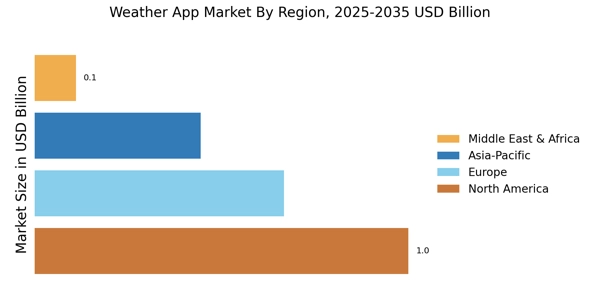
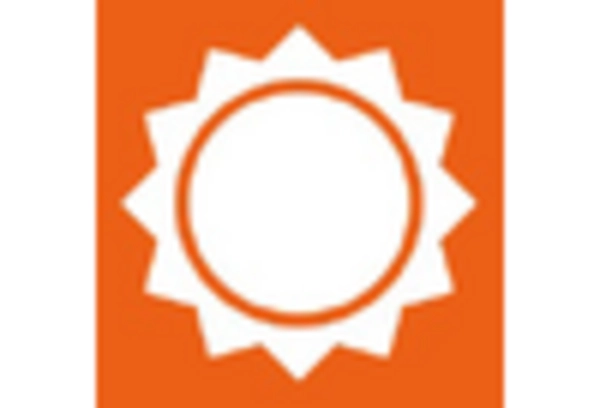
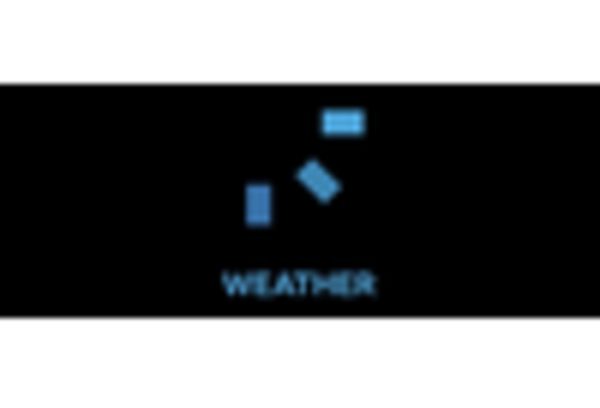


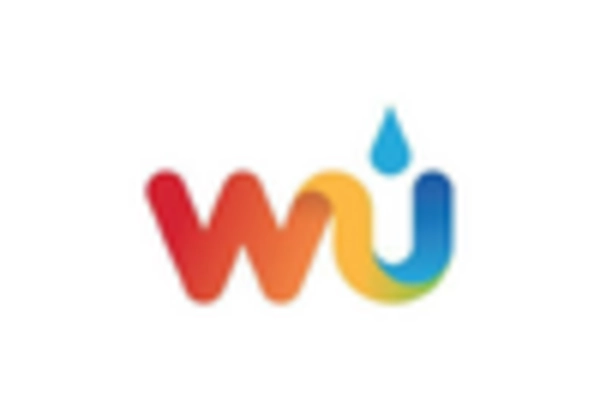
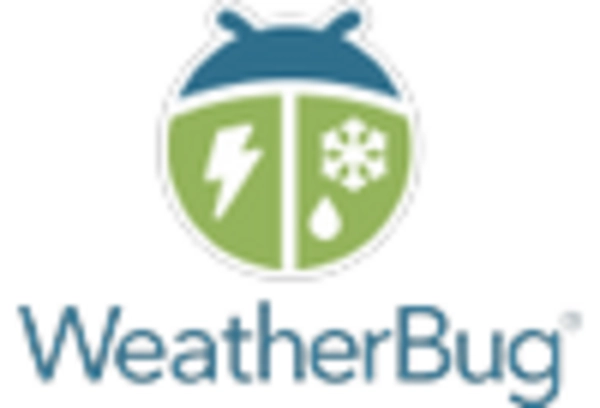








Leave a Comment